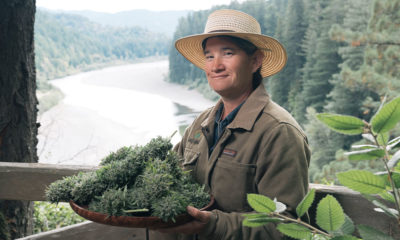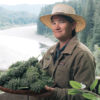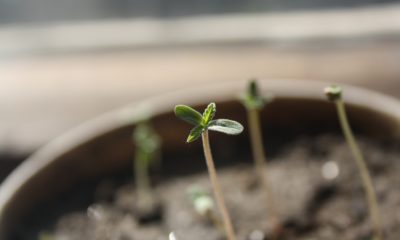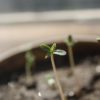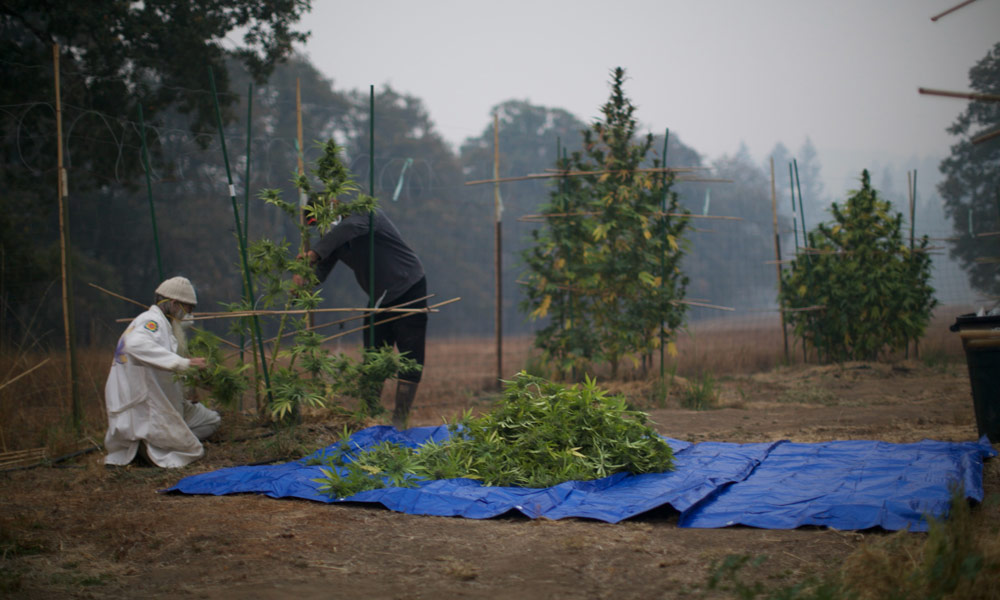
Cultivation
Still Standing: Northern California’s 2020 Harvest In Review
Swami, co-founder of Swami Select, reflects on the ups and downs of the 2020 harvest at Ganja Ma Gardens, he and his wife Nikki’s organic sungrown cannabis farm located in the heart of the Emerald Triangle.
The harvest was glorious, mellow and abundant. It was sunny and mostly warm up until the first week of November, when forecasts of the first rain and then a hard frost mandated that we cut the final cultivar a few days early.
Other than the unfortunate farms that burned and lost their whole crops, and some other growers in the immediate area who were smoked out, the 2020 California sungrown cannabis crop doesn’t seem to have suffered much testable damage.
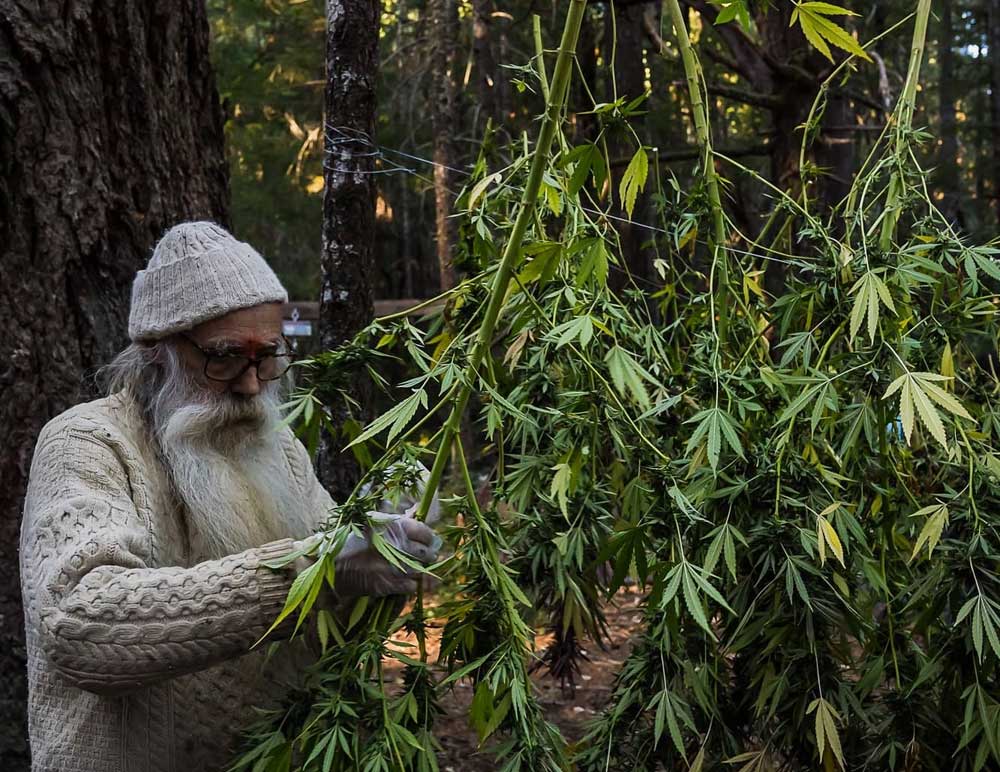
Every harvest is different, but I would be lying if I didn’t report the unique challenges the cannabis community endured this season. Repeating the litany of crises can become wearisome, and I don’t want to sound like I am complaining. However, in spite of being declared an essential industry and evidence of a growing market for cannabis as a result of the COVID-19 lockdown, I am not sure anyone in the legal cannabis business is actually making a profit.
Most businesses in the legal market are just happy to be “still standing” at this point. We clearly are in a moment of transition, or in astrological terms, we are on a cusp, about to enter another phase. How much of the predicted events will in fact transpire – no one knows.
An Extra Helping of Hurt
For the cannabis farmers of the Emerald Triangle, the challenges came thick and fast in 2020. Like everyone else, we have been affected by “the virus,” a presidential election, Black Lives Matter, social distancing and the lock down. But as 2020 started, the cannabis community received an extra helping of hurt.
First, there was the rise in the California cannabis cultivation tax, which doesn’t make much sense since excessive taxation is the reason for a thriving illicit market. This was followed by the COVID-19 lockdown, which brought the cancellation of most public cannabis events, including the 420 national holiday.
Initially, cannabis dispensaries were shut down as part of the shelter-in-place orders. A ray of hope came when cannabis was declared an essential business in late May, and sales picked up, especially delivery and the newly authorized curbside pick-up.
Cultivators took this as a green light to carry on with the springtime garden preparations. However, at the start of the planting season, it was realized that even including all the drought years since 2000, the previous eight months had received the least rainfall since 1979-80. Subsequently, springs and creeks began to run dry, and farmers who are dependent on trucked-in-water were freaking out as towns put a limit on withdrawals.
This was followed by the belated realization that two thirds to three quarters of all cannabis licenses in California are provisional because they had not met the requirements of the California Environmental Quality Act (CEQA). The January 1, 2022 CEQA deadline suddenly seemed awfully close as county and state officials realized there were not enough working hours, staff or money to pay them to process the approximately 7,000 provisional licenses before they expired. This meant that 90 percent of the compliant cannabis businesses in the state could be shut down due to an unrealistic deadline.
Some counties even require an additional report of threats to sensitive species posed by cannabis cultivation in the mountains. The cost for the licensee to secure these clearances was estimated to be in the tens of thousands of dollars. Suddenly, it seemed that virtually the entire cannabis economy would be reduced to the biggest and richest operations while the small pioneer legacy businesses would go under.
Apocalyptic Skies
To top it all off, the fire season started earlier than usual. As anyone living in California in the summer of 2020 knows, the sky turned a dark, apocalyptic orange while ash fell like warm snowflakes that didn’t melt. It was so dark at mid-day that cars had their headlights on, and the street lights were lit.
Many people lost homes, farms and crops. Fires blazed throughout the Emerald Triangle, the Santa Cruz mountains, Big Sur, the foothills of the Sierras, and even up into southern Oregon. Watching the fire lines, shown on the Cal Fire maps, as they inched closer to one’s neighborhood and ranch was daunting and stressful.
The only good news was that, for the most part, the fires were in forest land, which meant the ash was not nearly so toxic as a town or city on fire. But still, everyone was afraid that the entire crop for the whole state would be ruined by the smoke and ash. The talk among the cannabis community was focused on how to remove ashes from the leaves and flowers. Most people used leaf blowers or gently shook their plants.
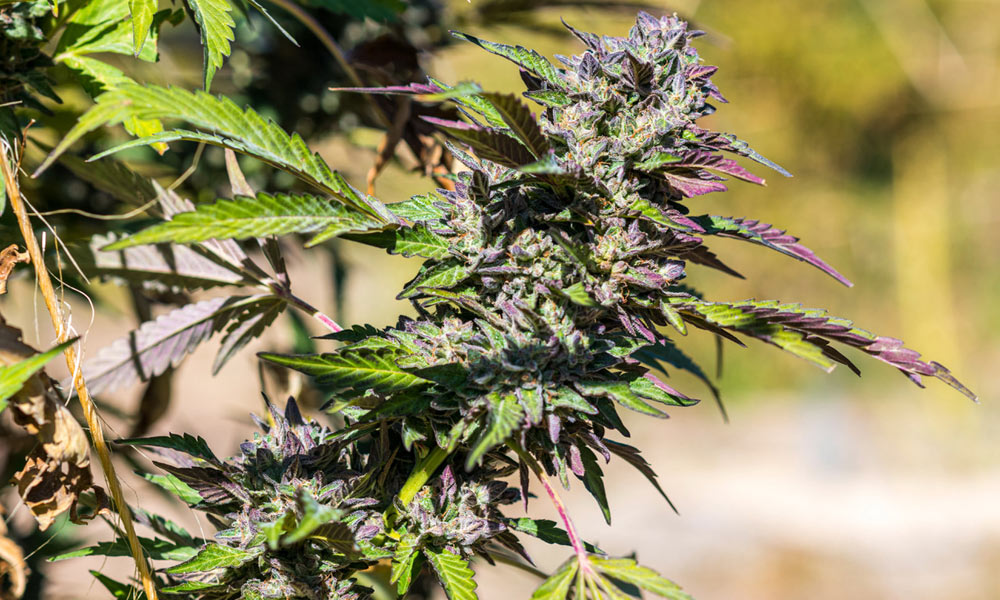
Building Hope
In spite of all this, the harvest turned out great. The days of August and September were hot and the nights were cool, furthering the development of THC and the terpenes. When we finally started cutting in the first week of October, there had been no significant smoke or ash for several weeks, and our feelings of hope began to rise. Even though we desperately needed the rain, everyone was glad that it held off until the end of harvest.
Once the cutting actually began, everyone shifted into high gear – literally. At Swami Select Garden, we harvest in the wee hours of the morning when it is still dark out. Because of all the smoke and ash, we added extra precautions: After each plant was brought in and weighed, we dipped every branch in a diluted hydrogen-peroxide solution. Next, we dipped them in clean water before hanging them outside on wires strung between trees for a brief drip-dry.
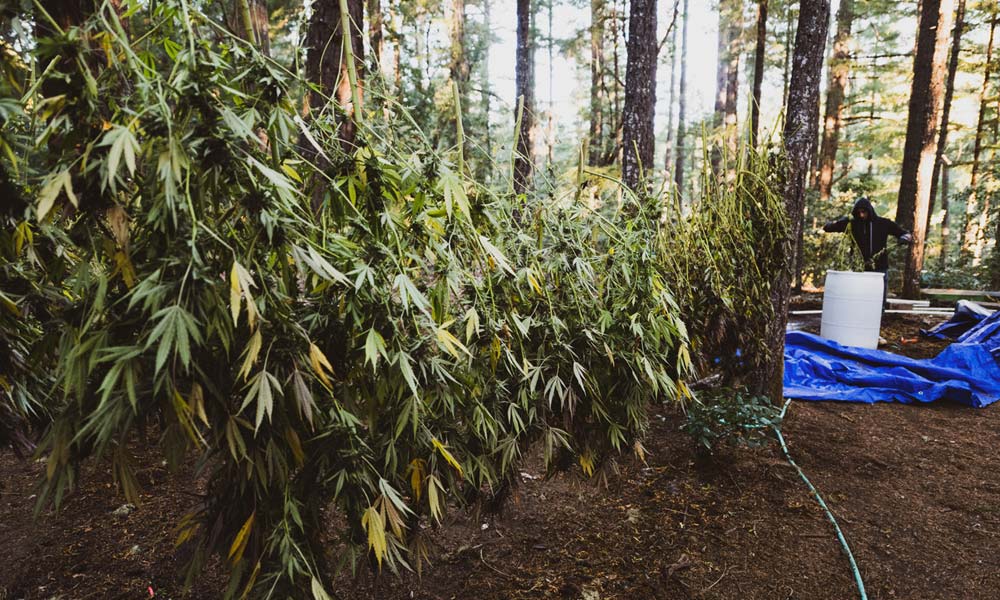
As the sky slowly begins to lighten, and all the plants for that day’s cutting are hanging, we take a break for breakfast, when I cook omelets or pancakes for the crew. Then, we go back to hanging everything in the official drying area.
Interestingly, the need to get up at 5 a.m. creates a bond between the team members. It is really a magical time under the moon and stars. The terpene aroma is delightful, the buds are at their peak, and there is a sense of pride seeing the giant colas come down and loaded onto the trailer. It’s hard work, but one can literally see the fruits of their labor.
Looking Ahead
All during October, the humidity was in the twenties and thirties, so the issue was preventing the flowers from getting too dry. Then, as the drying area filled up and the rain came in November, we had the dehumidifiers going full time. Drying takes between 10 days and two or three weeks depending on outside humidity and how many fans and dehumidifiers there are.

When sufficiently dry, the smaller twigs snap rather than bend. This signals that it’s time to take the branches down, off the drying nets, and roll them up in brown Kraft paper – like three-foot tall burritos. Now they are ready for bucking, when we remove any large fan leaves and take every bud off of its branch in preparation for the fully manicured trim at the processing center.
The farmer’s harvest work may be over, but it’s time to prepare for next year’s grow already. First, we planted a cover crop of nitrogen-fixing plants followed by spreading compost on top of the soil to discourage the turkeys from flying over the fence to eat the seeds. Finally, all the equipment and gardening gear must be put away for the winter. A good farmer is always thinking ahead to the next season.
The 2020 election has brought some positive news for the cannabis industry as 30 cities and counties in California passed cannabis legalization measures, which hopefully means we’ll see more retail outlets soon. The election wins in five states were also a boost, proving cannabis is the one thing most Americans can agree on. News like this is encouraging for us farmers who work so hard to grow the best cannabis in the world. We will not give up!





